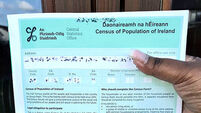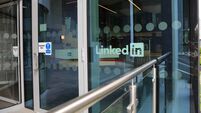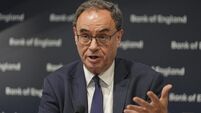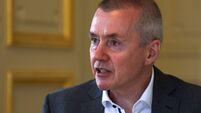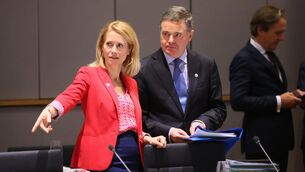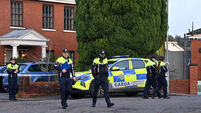Irish economic growth is slowly beginning to lose some of its momentum

These are key figures showing how the Irish economy performed and its interactions with the rest of the world.
The data have become discredited, though, as the figures for 2015 were greatly inflated by corporate restructuring and balance sheet changes by some multinational companies. As a result, GDP and GNP no longer represent an accurate measure of the value to goods and services produced in Ireland.


